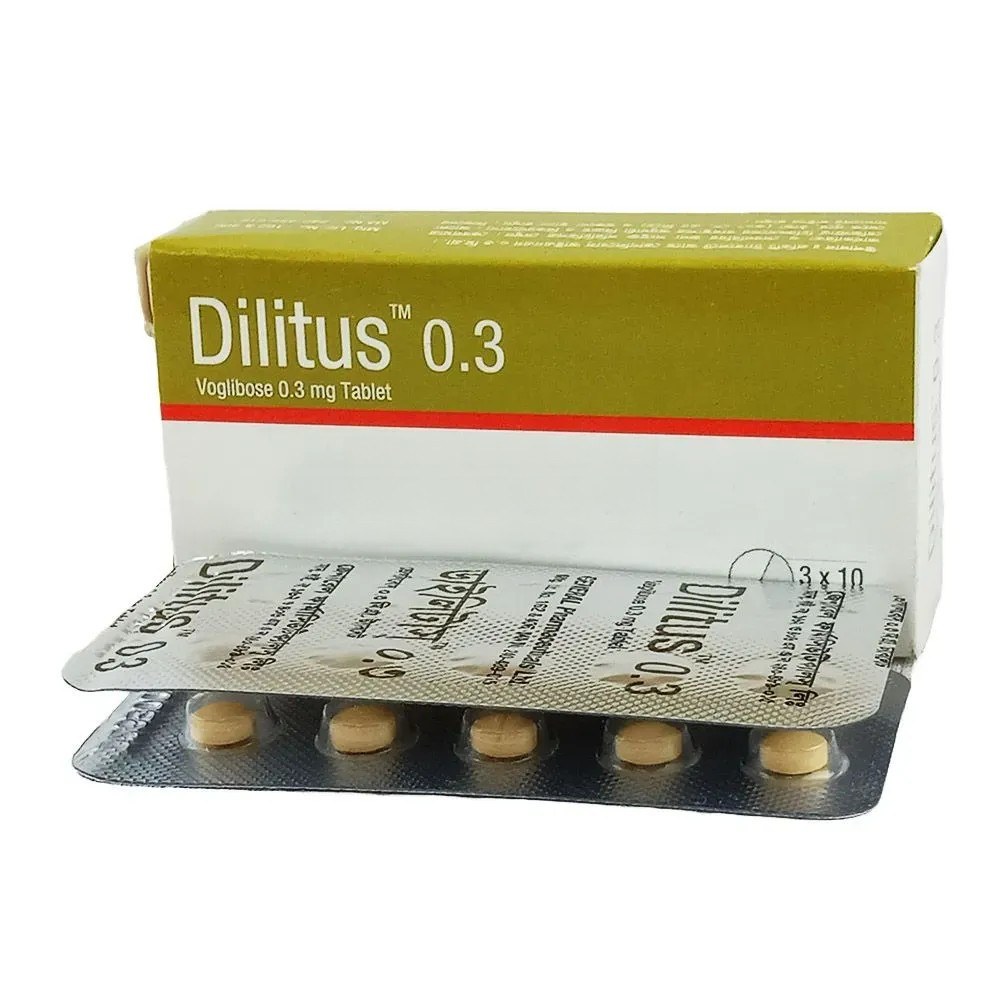

Semazic SC Injection, Semaglutide 0.25 mg/0.188 ml
Inhouse product
-
৳11.40
৳12.00 -
৳42.75
৳45.00 -
৳16.63
৳17.50 -
৳2.14
৳2.25
Reviews & Ratings
Indications
For
Diabetes: Semazic is indicated
in-
- An adjunct to diet and exercise
to improve glycemic control in adults with type 2 diabetes mellitus
- To reduce the risk of major
adverse cardiovascular events in adults with type 2 diabetes mellitus and
established cardiovascular disease
For
Obesity: An adjunct to a
reduced calorie diet and increased physical activity for chronic weight
management in adult patients with an initial body mass index (BMI) of:
- 30 kg/m2 or greater
(Obesity) or
- 27 kg/m2 or greater
(Overweight) in the presence of at least one weight-related comorbid
condition (e.g. hypertension, type 2 diabetes mellitus or dyslipidemia).
* রেজিস্টার্ড চিকিৎসকের পরামর্শ মোতাবেক ঔষধ সেবন করুন'
Pharmacology
Semaglutide is a GLP-1
analogue with 94% sequence as same as to human GLP-1. Semaglutide acts as a
GLP-1 receptor agonist that selectively binds to and activates the GLP-1
receptor. Semaglutide reduces blood glucose in a glucose dependent manner by
stimulating insulin secretion and lowering glucagon secretion when blood
glucose is high. The mechanism of blood glucose lowering also involves a minor
delay in gastric emptying. During hypoglycemia, Semaglutide diminishes insulin
secretion and does not impair glucagon secretion. Semaglutide reduces body
weight and body fat mass by an overall reduced appetite.
Dosage &
Administration
For
Diabetes:
Semaglutide Tablet: Take Semaglutide at
least 30 minutes before the first food, beverage, or other oral medications of
the day with no more than 4 ounces (118 ml) of plain water only.
- Starter Dose: Start Semaglutide with 3 mg once daily for 30 days
- Maintenance Dose: After 30 days on the 3 mg dose, increase the dose to
7 mg once daily
- For Additional
Glycemic Control: If additional glycemic
control is needed after at least 30 days on the 7 mg dose, the dose can be
increased to 14 mg once daily
Semaglutide
injection: The starting dose is
0.25 mg Semaglutide once weekly. After 4 weeks the dose should be increased to
0.5 mg once weekly. After at least 4 weeks with a dose of 0.5 mg once weekly,
the dose can be increased to 1 mg once weekly to further improve glycemic
control. Weekly doses higher than 1 mg are not recommended. Semaglutide is to
be administered once weekly at any time of the day with or without meals.
Semaglutide is to be injected subcutaneously in the abdomen, thigh or in upper
arm. The injection site can be changed without dose adjustment. Semaglutide
should not be administered intravenously or intramuscularly. The day of weekly
administration can be changed if necessary as long as the time between two
doses is at least 3 days (>72 hours). After selecting a new dosing day, once
weekly dosing should be continued.
Switching patients
between Semaglutide injection and Semaglutide tablet-
- Patients treated with once
weekly Semaglutide injection 0.5 mg subcutaneous injection can be
transitioned to Semaglutide 7 mg or 14 mg tablet. Patients can start
Semaglutide tablet up to 7 days after their last injection of Semaglutide
injection. There is no equivalent dose of Semaglutide tablet for
Semaglutide injection 1 mg
- Patients treated with
Semaglutide 14 mg tablet daily can be transitioned to Semaglutide
subcutaneous injection 0.5 mg once weekly. Patients can start Semaglutide
injection the day after their last dose of Semaglutide tablet.
For Obesity: The starting dose is
0.25 mg Semaglutide once weekly for 4 weeks subcutaneously. If patients do not
tolerate a dose during dose escalation, consider delaying dose escalation for 4
weeks. If patients do not tolerate the maintenance dose 2.4 mg, the dose can be
temporarily decreased to 1.7 mg once weekly for maximum 4 weeks. After 4 weeks
increase the dose to 2.4 mg. Weekly doses higher than 2.4 mg is not
recommended. Semaglutide is to be administered once weekly at any time of the
day with or without meals. Semaglutide is to be injected subcutaneously in the
abdomen, thigh or in upper arm. The injection site can be changed without dose
adjustment. Semaglutide should not be administered intravenously or
intramuscularly. The day of weekly administration can be changed if necessary
as long as the time between two doses is at least 2 days (>48 hours). After
selecting a new dosing day, once weekly dosing should be continued.
* রেজিস্টার্ড চিকিৎসকের পরামর্শ মোতাবেক ঔষধ সেবন করুন'
Interaction
With medicine: Semazic delays gastric emptying which may
influence the absorption of other oral medications. Trials were conducted to
study the potential effect of Semazic on the absorption of oral medicinal
products taken with Semazic administered orally at steady state exposure.
With food & others: Concomitant intake of food reduces the
exposure of Semazic.
Contraindications
- Semaxen is contraindicated in
patients who are hypersensitive to Semaxen or to any ingredient in the
formulation, including any non-medicinal ingredient, or component of the
container.
- Semaxen is contraindicated in
patients who have a personal or family history of Medullary Thyroid
Carcinoma (MTC) or in patients with Multiple Endocrine Neoplasia syndrome
type 2 (MEN 2).
- Semaxen should not be used
during pregnancy or breastfeeding.
Side Effects
Common side effects: Vomiting, stomach upset or indigestion
inflamed stomach, reflux or heartburn or GERD, stomach pain, bloating of the
stomach, constipation, change in the way food or drink tastes, tiredness, less
appetite, gas (flatulence), increase of pancreatic enzymes (such as lipase and
amylase).
Rare side effects: Serious allergic reactions (anaphylactic
reactions). You should seek immediate medical help and inform your doctor straight
away if you get symptoms such as breathing problems, swelling of face and
throat, wheezing, fast heartbeat, pale and cold skin, feeling dizzy or weak.
Pregnancy &
Lactation
Pregnancy: The extent of exposure in pregnancy during
clinical trials was very limited and there are no adequate and well controlled
studies of Semaglutide in pregnant women. Therefore, Semaxen should not be used
during pregnancy. If a patient wishes to become pregnant, or pregnancy occurs,
Semaxen should be discontinued. Semaxen should be discontinued at least 2
months before a planned pregnancy due to the long half-life of Semaglutide.
Lactation: There are no data on the presence of
Semaglutide in human milk, the effects on the breastfed infant, or the effects
on milk production. Because of the unknown potential for serious adverse
reactions in the breastfed infant due to the possible accumulation of
salcaprozate sodium (SNAC), an absorption enhancer in Semaxen, from
breastfeeding and because there are alternative formulations of Semaglutide
that can be used during lactation, advise patients that breastfeeding is not
recommended during treatment with Semaxen. Discontinue Semaxen in women at
least 2 months before a planned pregnancy due to the long washout period for
Semaglutide.
Precautions &
Warnings
Should not be used in
patients with type 1 diabetes mellitus or for the treatment of diabetic
ketoacidosis. Patients should be advised to take precautions to avoid
hypoglycemia while driving and using machines. Semazic causes an increase in
heart rate. Caution should be observed in patients who have cardiac conditions
that might be worsened by an increase in heart rate, such as tachyarrhythmias.
Patients treated with Semazic in combination with an insulin secretagogue
(e.g., sulfonylureas) or insulin may have an increased risk of hypoglycemia.
The risk of hypoglycemia may be lowered by reducing the dose of the
secretagogue or insulin when initiating treatment with Semaxen.
Use in Special
Populations
Pediatric
population: The safety and
efficacy of Semazic in children and adolescents below 18 years have not yet
been established. No data are available.
Elderly: No dose adjustment
is required based on age.
Renal impairment: No dose adjustment is required for patients
with mild moderate or severe renal impairment. Semazic is not recommended for
use in patients with end-stage renal disease.
Hepatic impairment: No dose adjustment is required for patients
with hepatic impairment. Caution should be exercised when treating these
patients with Semazic.
Overdose Effects
Overdose: Overdose of up to 4 mg in a single dose and
up to 4 mg in a week have been reported in clinical trials. The most commonly
reported adverse reaction was nausea. There is no specific antidote for
overdose with Semazic. In the event of overdose appropriate supportive
treatment should be initiated according to the patients clinical sign and
symptoms.
Dose adjustment: When Semazic is added to existing metformin
and/or thiazolidinedione therapy, the current dose of metformin and/or
thiazolidinedione can be continued unchanged. When Semazic is added to existing
therapy of sulfonylurea or insulin, a reduction in the dose of sulfonylurea or
insulin should be considered to reduce the risk of hypoglycemia.
Self-monitoring in blood glucose is not needed in order to adjust the dose of
Semazic. Blood glucose self-monitoring is necessary to adjust the dose of
sulfonylurea and insulin particularly when Semazic is started and insulin is
reduced.
Missed dose: If a dose is missed, it should be
administered as soon as possible and within 5 days after the missed dose. If
more than 5 days have passed, the missed dose should be skipped and the next
dose should be administered on the regular scheduled day. In each case,
patients can then resume their regular once weekly dosing schedule.
Therapeutic Class
GLP-1 receptor
agonists
Storage Conditions
Injection: Store at 2°C to 8°C (in a refrigerator). Do
not freeze. Keep away from light. Keep all the medicine out of the reach of
children.
Tablet: Store below 30°C, in a cool and dry place.
Keep away from light. Keep all the medicine out of the reach of children.
Frequently Bought Products
Clotinex SC Injection , Enoxaparin Sodium 4000 Anti-Xa IU/0.4 ml
Fluconal Tablet, Fluconazole 150 mg
Dotin Tablet, Dotinurad 1 mg
Hexiphen Tablet, Trihexyphenidyl Hydrochloride 5 mg
Neurolep Syrup 100ml, Piracetam 500 mg/5 ml
Cinazin Tablet, Cinnarizine 15 mg
Dilitus Tablet, Voglibose 0.3 mg
Product Queries (0)
Login Or Registerto submit your questions to seller
Other Questions
No none asked to seller yet
-
৳11.40
৳12.00 -
৳42.75
৳45.00 -
৳16.63
৳17.50 -
৳2.14
৳2.25

















